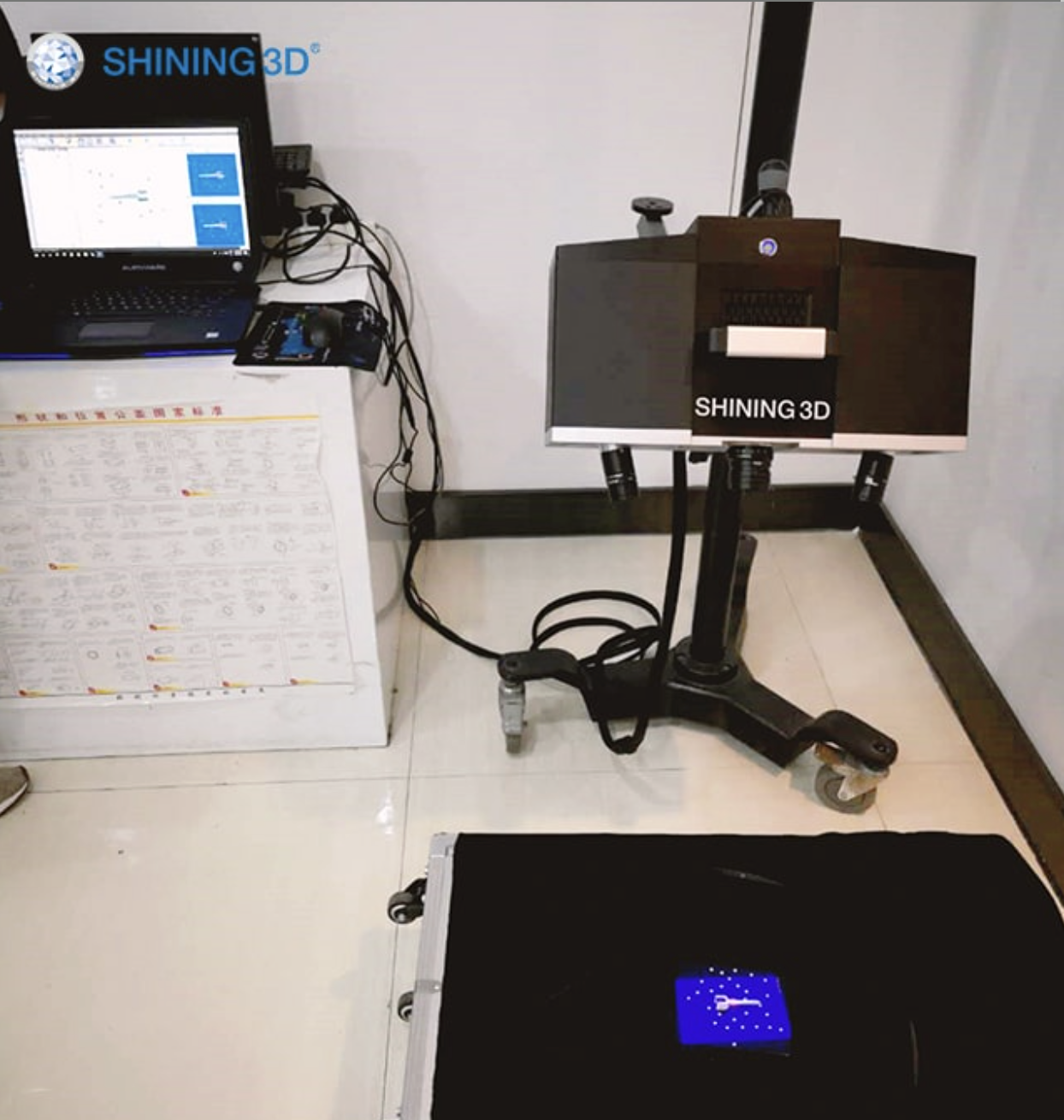The sphere of medical implants is vast and continues to expand as the technology it’s predicated on becomes accessible and better understood. Customization for medical solutions is taking the industry at an alarming rate and 3D scanning and printing solutions are at the forefront of it all. 3D scanning may create accurate 3D models of different items, components, or body parts to provide doctors with a better understanding of treatment choices. Having a complete 3D version of a patient’s mental augmentation might help doctors throughout the treatment procedure in ways that were simply inaccessible before the technology has been available. During 3D scanning, we could reverse engineer and construct accurate digital models of human metallic implants.
Many of the implants used today will be smaller in dimension that can pose a challenge for certain 3D scanners. This is because a 3D scanner will only capture areas that it can see and smaller items with tight areas can prove to be rather difficult. SHINING 3D’s OptimScan-5M has interchangeable fields of view letting it scan a wide range of items with metrology grade accuracy. The smallest of these fields of view is 100x75mm making it ideal for shooting small scale data. Its blue light decreases the electronic noise which can be found along with other white light scanners, which makes it the ideal scanner to scan modest edges that require high resolution to be defined properly in 3D versions.

The OptimScan-5M takes individual images of this thing very similar to a standard digital camera. Each image takes roughly 1.5 second to capture, which makes the whole scan process exceptionally fast and efficient. Once the scan is completed the file can be exported in a variety of formats, the most common one being STL documents which are a universal file type used for 3D modeling, imaging, and 3D printing. The STL file may then be reverse engineered with CAD applications giving doctors a usable model to use in treatment and in various software applications. Together with the version in hand physicians can accurately analyze the treatment process of this implant.
The metal implant also affects the dose absorption speed of many treatments and can adversely impact patients in multiple ways. Doctors need an accurate model of the implant to properly evaluate each instance. Using the inverse engineered 3D model and professional software solutions they can calculate how the metallic implants affects the dosage and provide a more accurate diagnosis.
Customization keeps growing and significantly enhance medical treatments. Personalized treatments are more easily available than previously, and 3D Scanning and printing are at the forefront of these programs. As an industry leader in 3D digitalization and additive manufacturing, SHINING 3D continues to work together with business professionals to offer cutting edge services.

